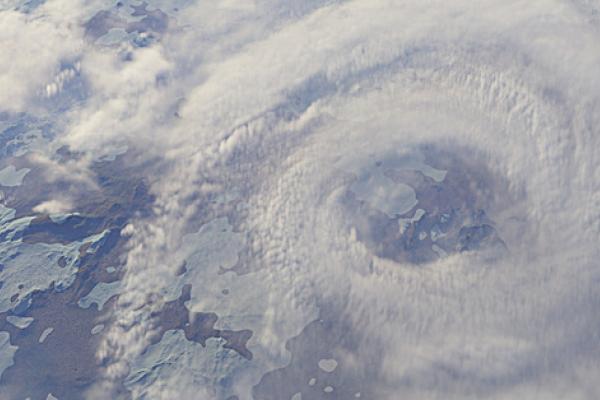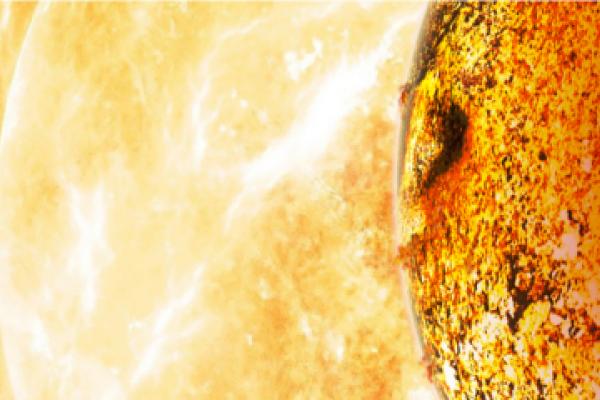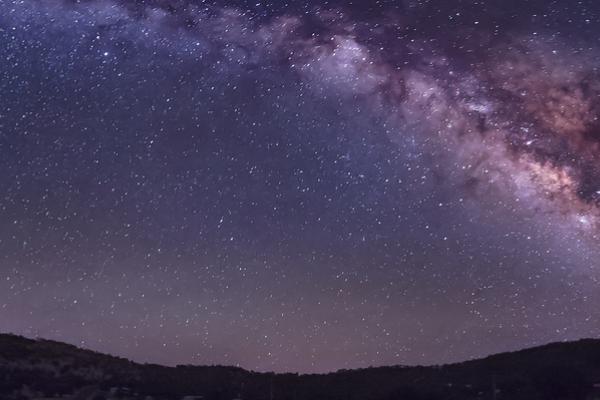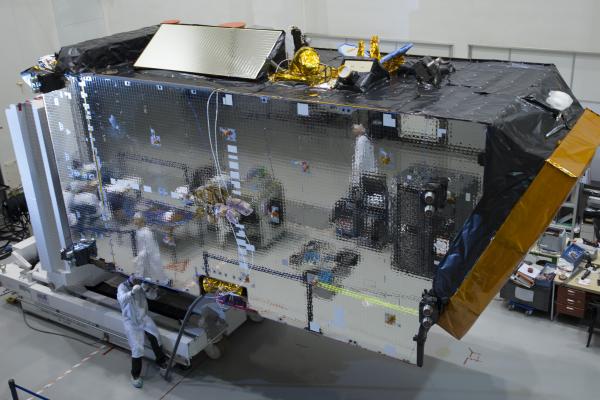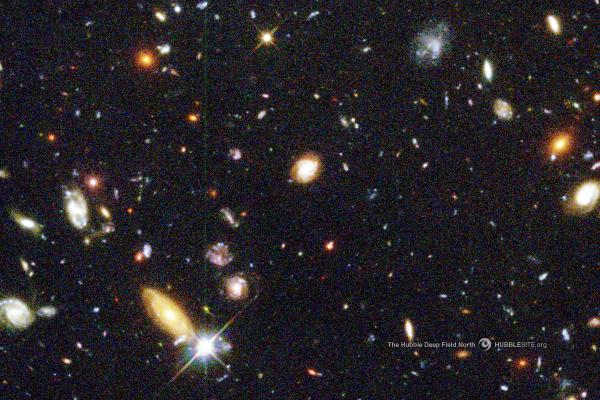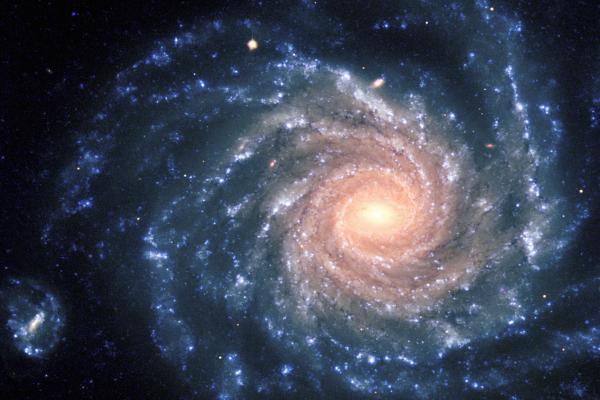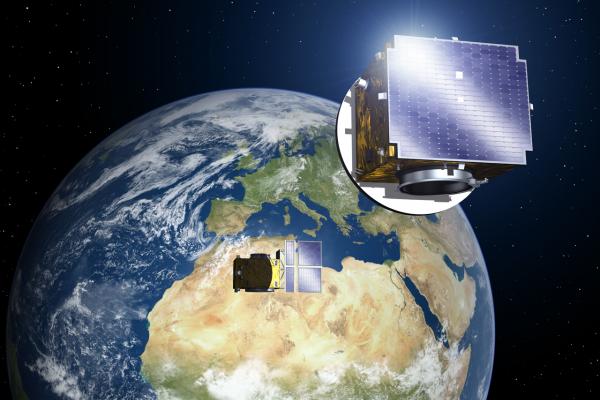European astronomers are planning to use a telescope as big as the earth to take the first ever photograph of a black hole – a task akin to photographing a mouse on the surface of the moon.
A network of European satellites could save lives during floods and landslides as researchers work out how to help people use data from the world’s biggest earth monitoring system.
Astronomers are getting closer to finding a rocky, water-rich planet like earth after proving new technology that can spot minute changes to starlight.
A pioneering interstellar space mission could continue to send data back to earth for 100 years, giving mankind crucial information about the conditions in deep space, thanks to a new, ultra-reliable…
Europe’s new fleet of observation satellites will monitor the earth in real time, giving vital data on things like sea ice, pollution and crop maturity as part of the EU's earth monitoring programme…
Europe has launched its biggest-ever telecoms satellite, and it includes some of the most sophisticated technology ever used for civilian purposes.
Citizen science is helping out where specialist researchers can't cope with the flood of data – and where computers can't match the human brain.
Scientists at Concordia, Europe’s only permanent research station on continental Antarctica, saw their first dawn on Saturday after three months of continuous night.
The European Very Large Telescope (VLT), one of the most powerful and productive ground-based astronomical facilities in existence, has just turned 15 years old.
European scientists are preparing to notch up a world first in satellite formation flying. Two spacecraft will soon be flying side-by-side with extreme precision.






